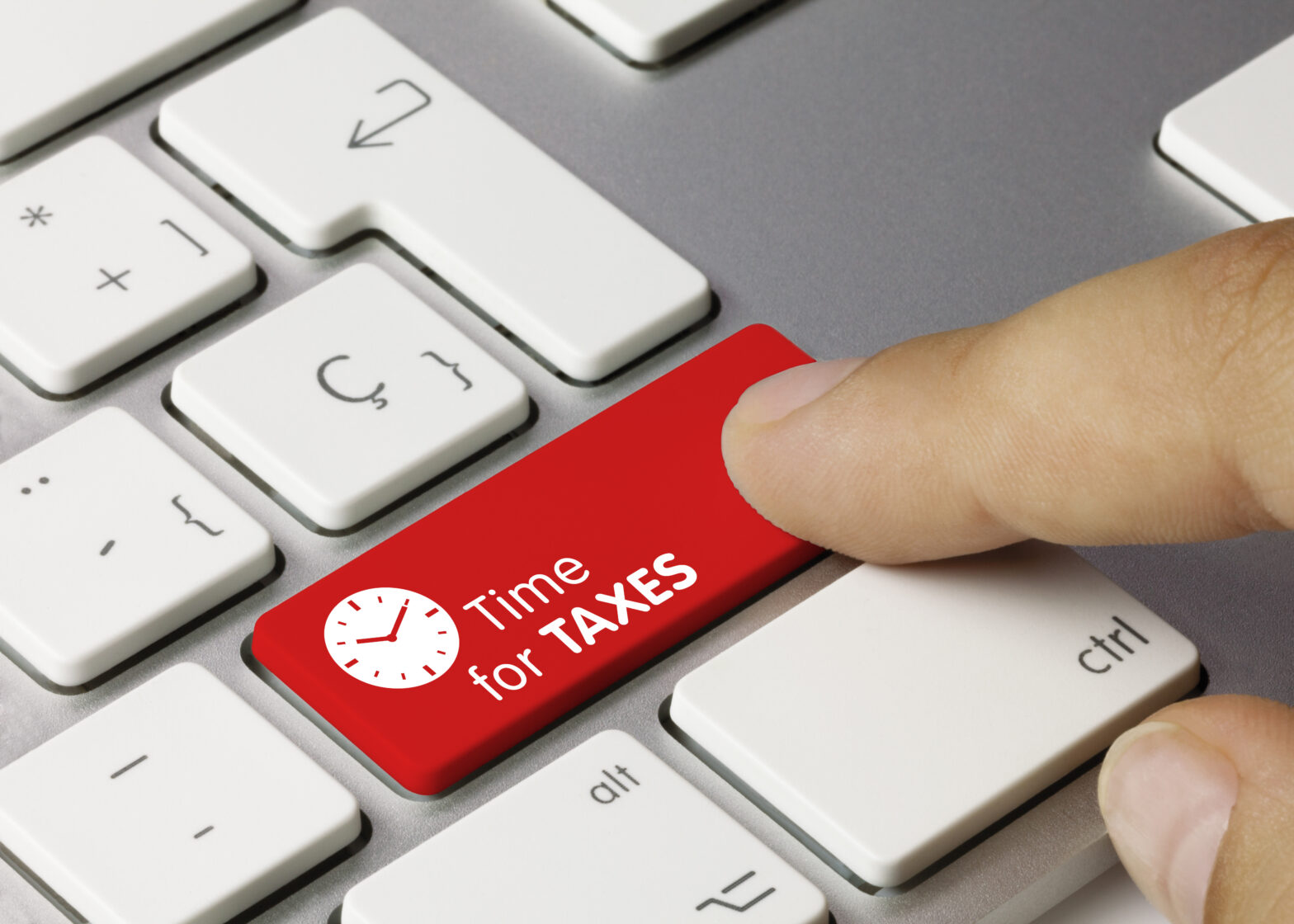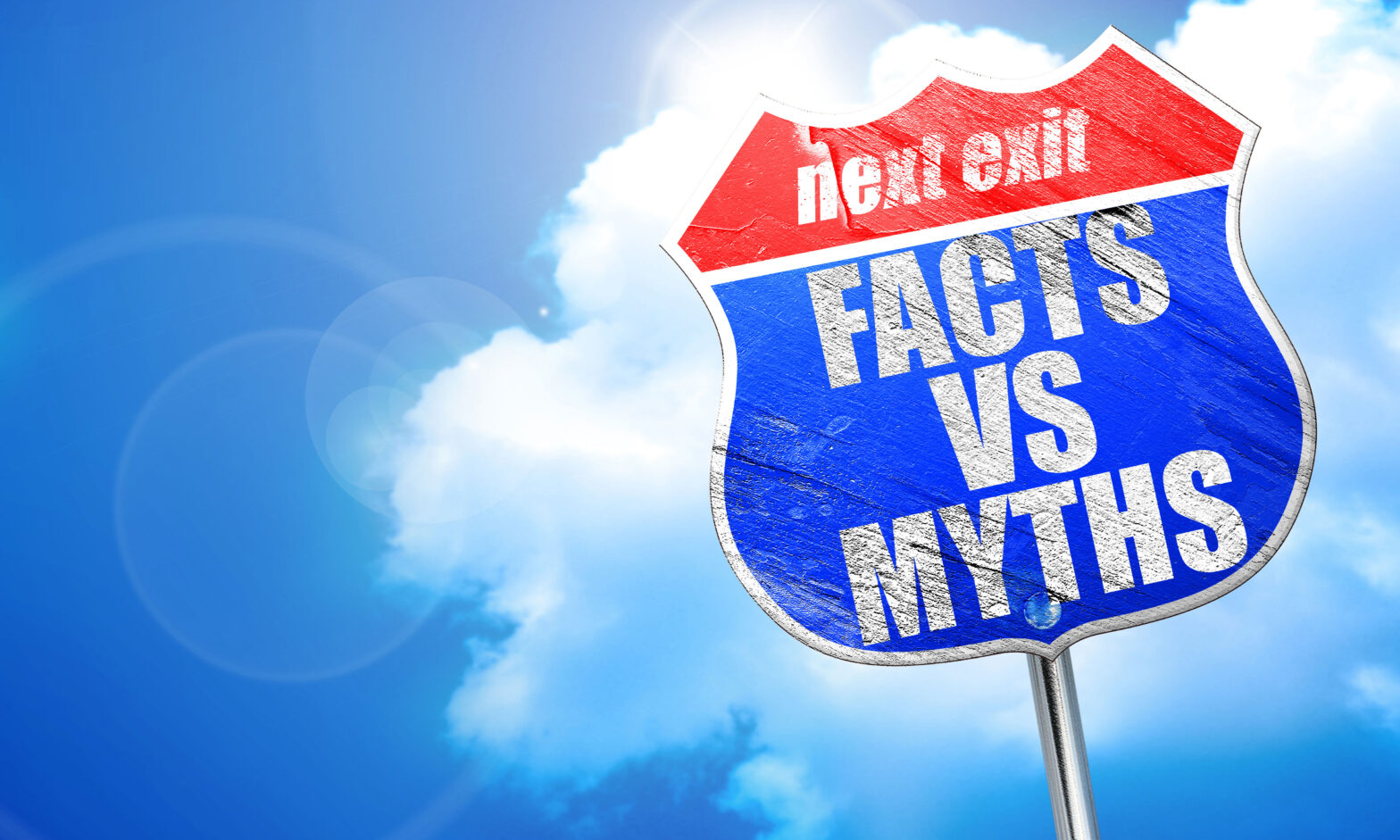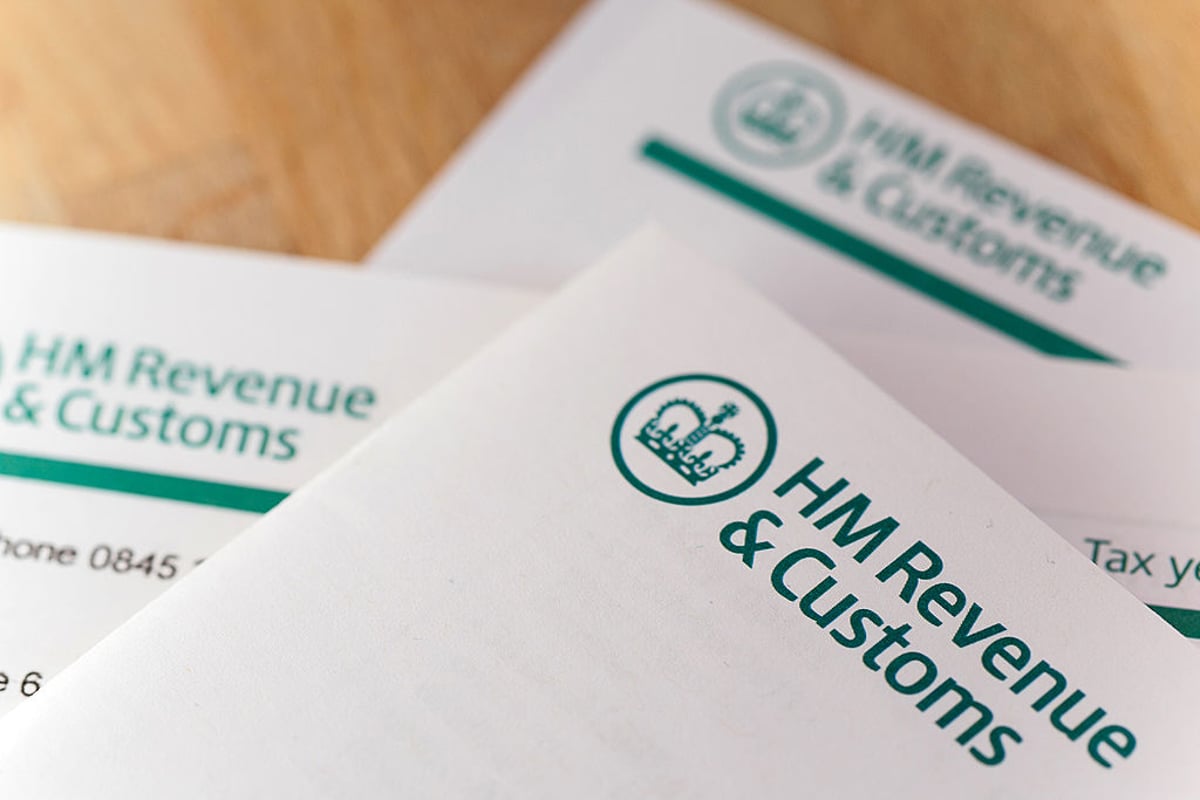What is Making Tax Digital?
Making Tax Digital (MTD) is a Government plan to shift paper-based tax reporting online, spelling the end of form-filling for millions of UK businesses. Changes affecting value added tax (VAT), income tax and corporation tax are being introduced over time, meaning a growing number of small firms are falling under MTD’s scope.
Businesses with turnovers higher than £85,000 are already required file quarterly VAT submissions digitally under MTD rules, records for which must be kept online and submitted via software.
Those with a turnover lower than the £85,000 threshold will have to comply by April 2022.
Next in line for digitisation is income tax: individuals with a self employed or property income over £10,000 per year must adopt digital filing from 6 April 2023, while corporation tax will shift online sometime after 2026 following a pilot period, according to the latest plans.
What businesses must do under MTD rules:
- Keep digital records
- Submit summary information to HMRC once a quarter
- File an end of period statement to make any adjustments and a final declaration by 31st January each year
Why is tax going digital?
How much do you enjoy doing self-assessment tax returns? Not much, I bet. MTD is designed to make the tax system clearer and more efficient for the UK’s 5.5m small businesses — as well as to help HM Revenue & Customs.
Once the basic information is stored digitally, you can access it whenever you need to, so you won’t have to spend each January looking through your business transactions, receipts and invoices for your Government Gateway code because it will be saved.
Under the new regime, a self-employed person must update their records once a quarter, instead of once a year. This is less time to lose all your receipts, which can’t be a bad thing, but it also helps to paint a clearer picture of your personal tax position.
5 steps for small businesses Making Tax Digital
#1 – Find out if your business qualifies
It’s been over two and a half years since HMRC went live with its Making Tax Digital (MTD) pilot. Since April 2019, UK businesses above the £85,000 VAT threshold have been tasked with processing their returns digitally.
From April 2022, business owners who charge VAT with a taxable turnover below £85,000 will also need to comply with Making Tax Digital. This phase of MTD for VAT will affect approximately 1.1m small businesses.
#2 – Know your VAT deadlines
It’s important that businesses do their research into the legislation and help get their leadership teams up to speed. There’s a lot of helpful information out there but it can be difficult to know where to start. That’s why HMRC has created its own MTD for VAT page, which provides useful insights to help businesses find out whether they apply, how they can sign up, and more.
Businesses should make diarised notes of the dates when VAT returns are due.
#3- Talk to your bookkeeper or accountant
They know the most about your business and will be able to advise you about what is best for it. They may also be able to give advice for example, on what software would be best for you.
#4 – Research which software package is right for you
So, which accounting software should you go for?
It largely depends on the type of business you run. Each business has to decide based on their personal circumstances. For SMEs specifically there are a number of different cloud software systems currently out there which are capable of recording transactions online.
>See also: 9 accounting software platforms for Making Tax Digital
#5 – Subscribe to HMRC updates
HMRC regularly sends out updates about the progress of MTD, which may affect you and your business. Make sure you keep up with these updates to ensure you don’t miss any important announcements.
What if I don’t want to use special accounting software?
For those not ready to take the leap to dedicated accounting software, Microsoft Excel spreadsheets coupled with bridging software, such as QuickBooks Online, can provide a simple, cost-effective and compliant way to submit VAT returns digitally to HMRC. Businesses can produce a “9-Box” VAT return within the Microsoft Excel spreadsheet and upload this to the bridging software, which connects to HMRC and submits the VAT digitally.
“This provides a straightforward and cost-effective solution to overcome the challenges the digital switch poses for them,” says MHA indirect tax partner Alison Horner.
Can I be exempt from Making Tax Digital?
Exemption from MTD is available but only if a business can show that it is not reasonable or practical to use computers, software, or the internet to comply with MTD rules. Most businesses will not qualify for an exemption though and will have to bite the bullet between now and April 1, warns MHA.





